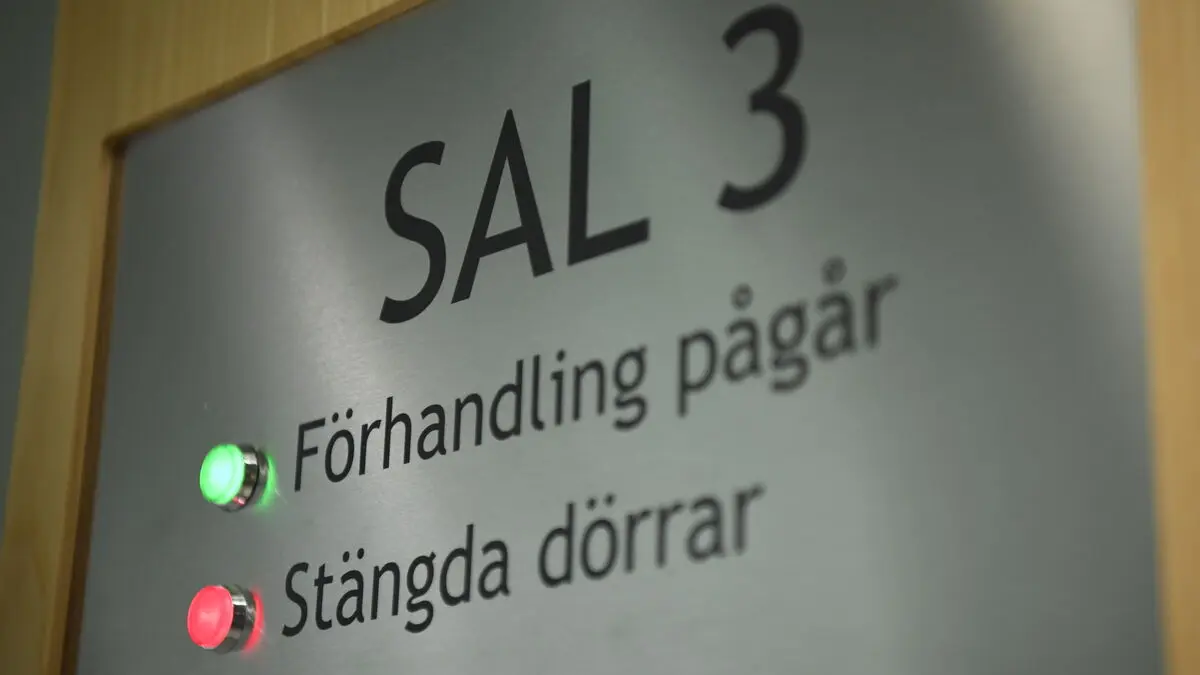On Wednesday, the latest monthly figures on unemployment from the Employment Service were released, 7.1 percent. A high figure, despite a slight decrease from the previous month.
But when Sweden is compared to other European countries, it is the SCB's monthly labor force survey (AKU) that is used as a basis. And according to AKU, unemployment is over nine percent, second highest in the entire EU.
How should one then understand the difference?
A sample survey
The Employment Service's figures and AKU capture slightly different things, says Simon Ek, researcher at the Institute for Labor Market and Education Policy Evaluation (IFAU).
He explains that the Employment Service's figures are based on register data and how many are registered as unemployed, while AKU is a sample survey that covers a group of randomly selected individuals and measures their status during a certain week.
According to AKU, those who are not employed on the labor market but actively seeking work are considered unemployed, regardless of whether they are registered with the Employment Service or not.
It may be that people who are not employed and seeking jobs do not register with the Employment Service because they are not entitled to unemployment benefits or economic assistance, says Simon Ek, citing as an example students or older people seeking jobs to supplement their budget.
Reliable?
Is AKU then a reliable way to compare unemployment between EU countries?
The AKU questions are designed to enable comparison between countries, they are harmonized. Then it is clear that it matters for the answers in the survey how, for example, labor market policy is designed in each country. If there are tough requirements to seek work to receive a certain benefit, more people will say they are seeking work, says Ek.
Susanne Spector, chief economist at Danske Bank and expert on labor market economics, is on the same line.
People who in other countries are outside the labor force are counted to a greater extent as unemployed in Sweden, she says, and continues:
The open unemployment rate of 3.7 percent, i.e. the number of people registered as unemployed and deemed able to take a job without support, would actually be a better measure to compare with other countries and then the difference would be smaller.





